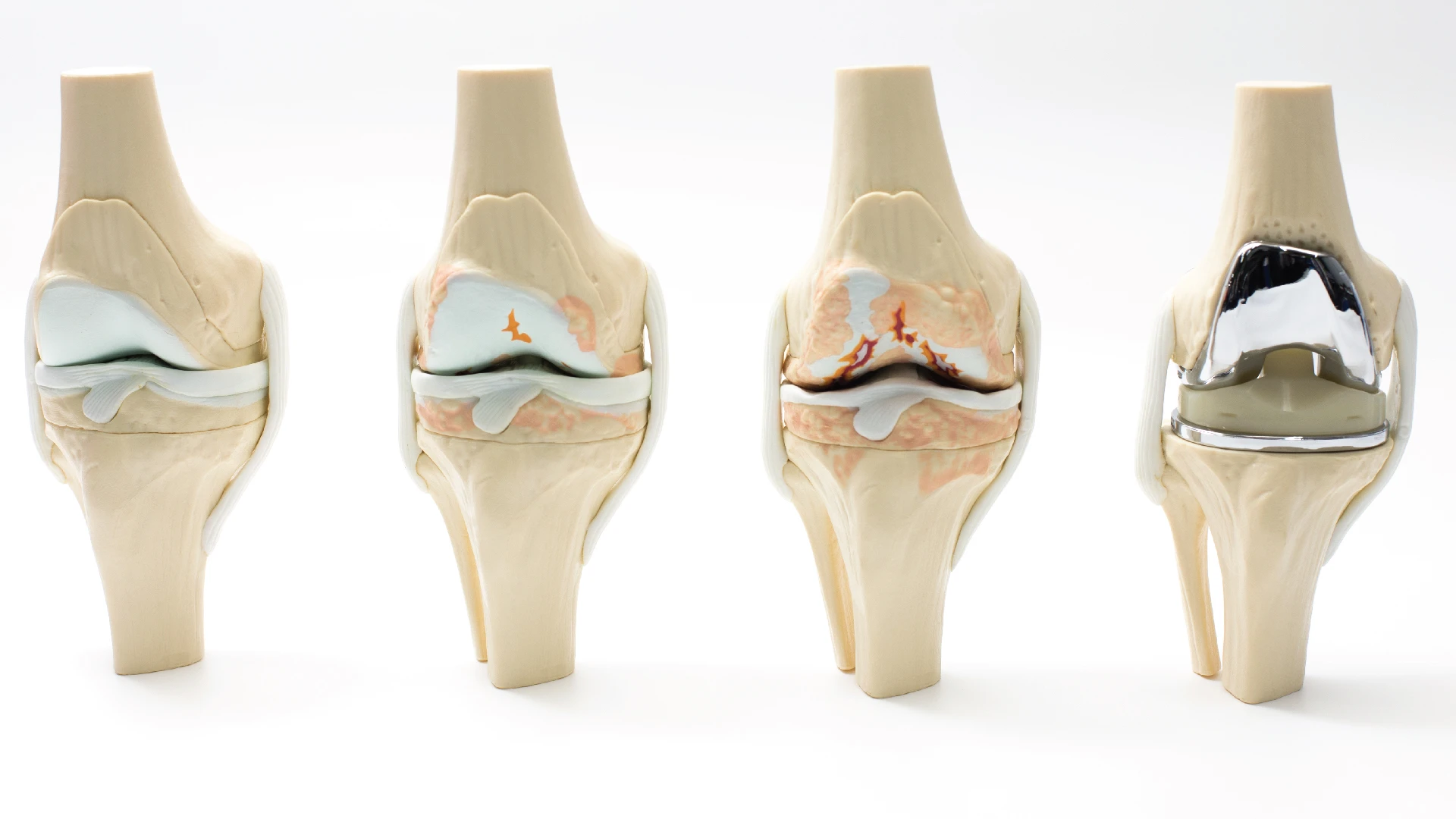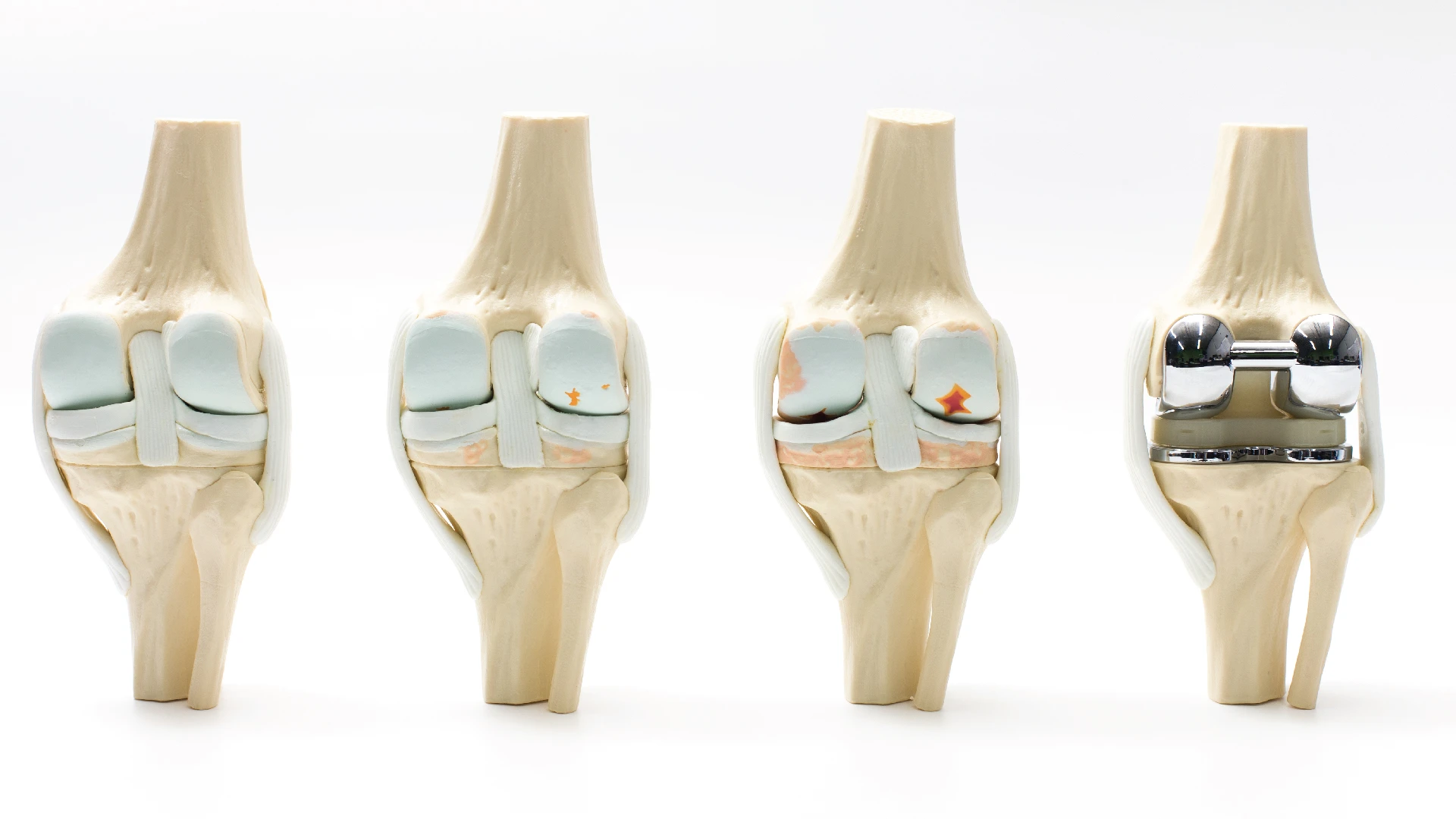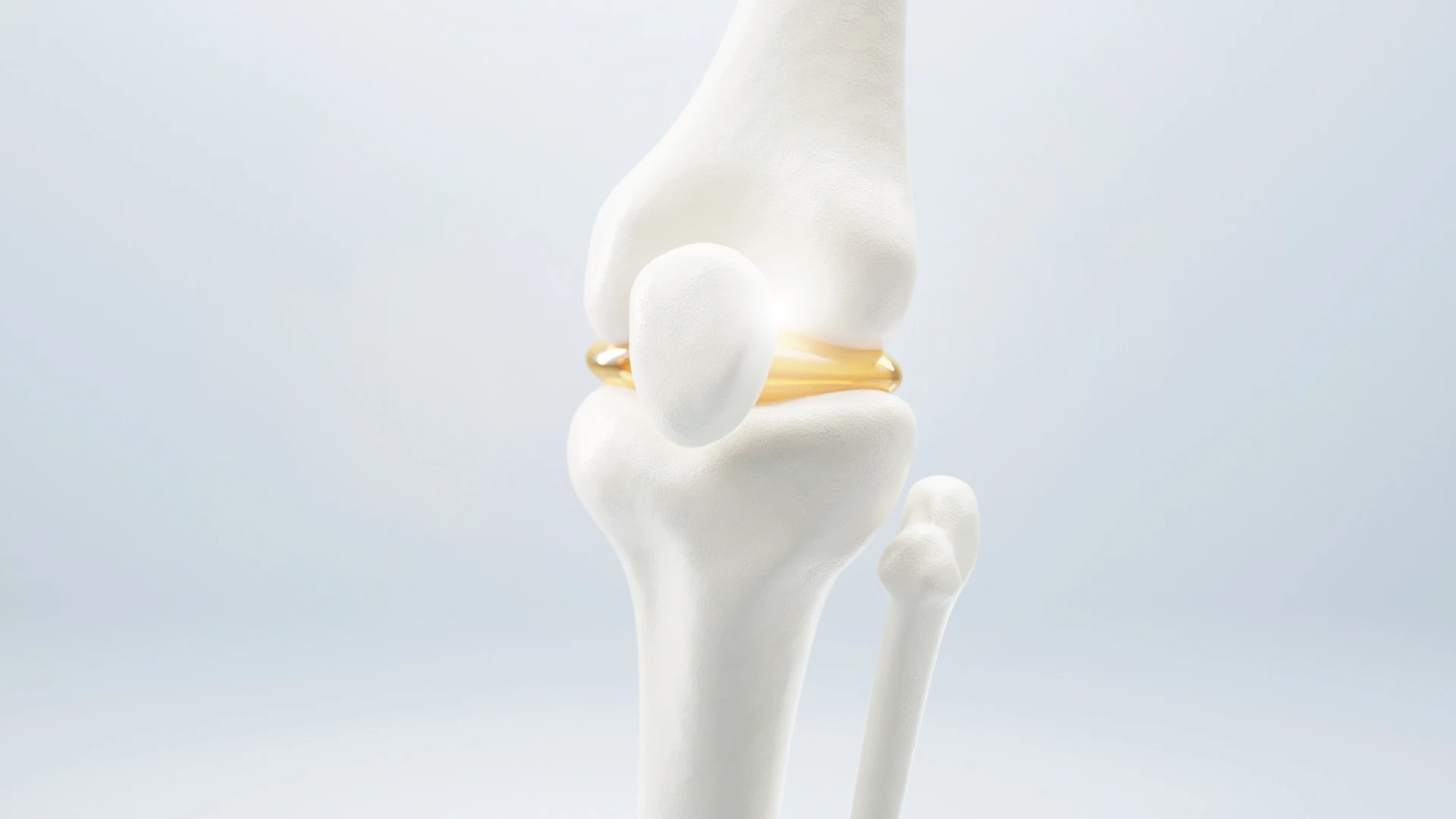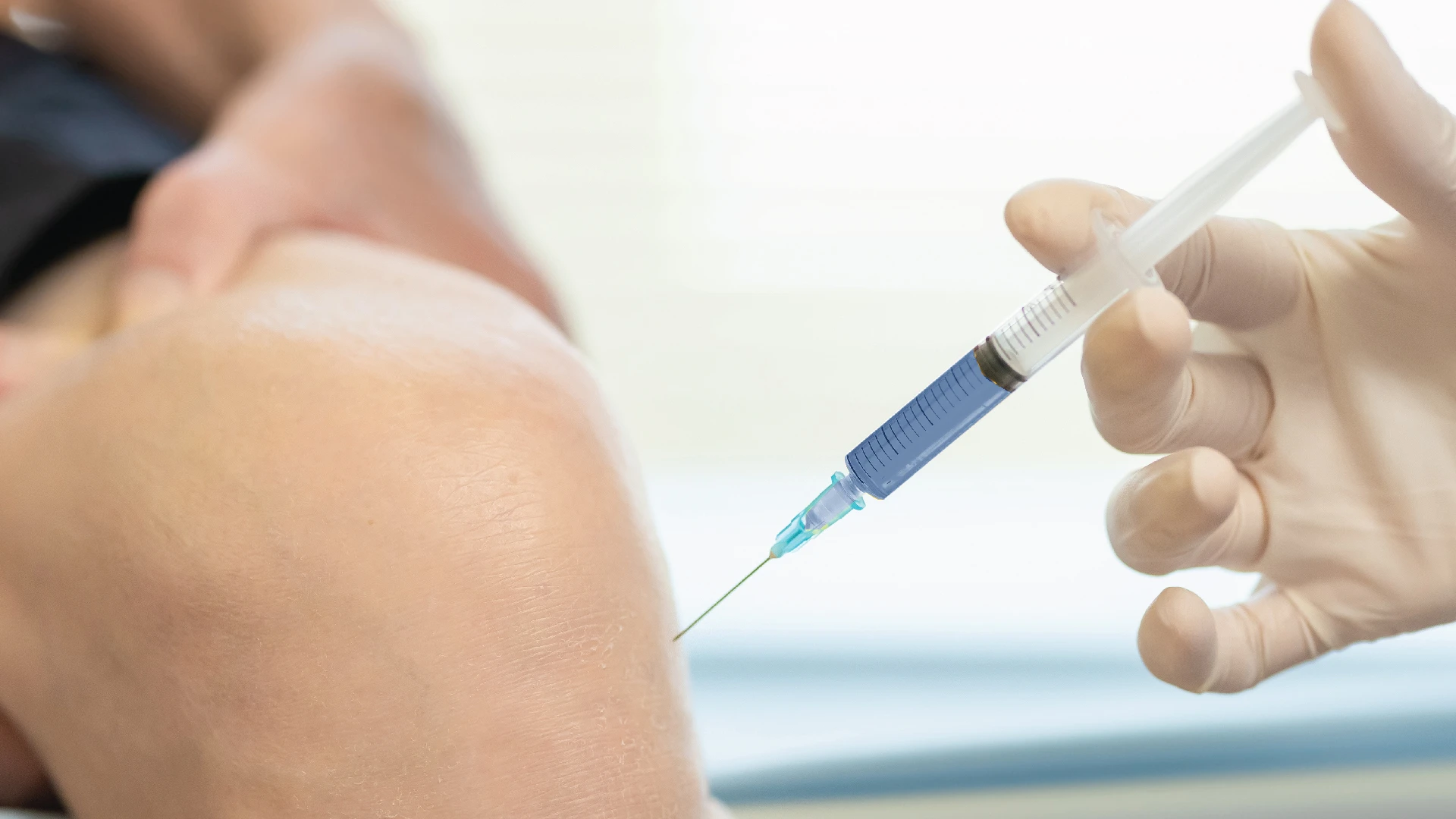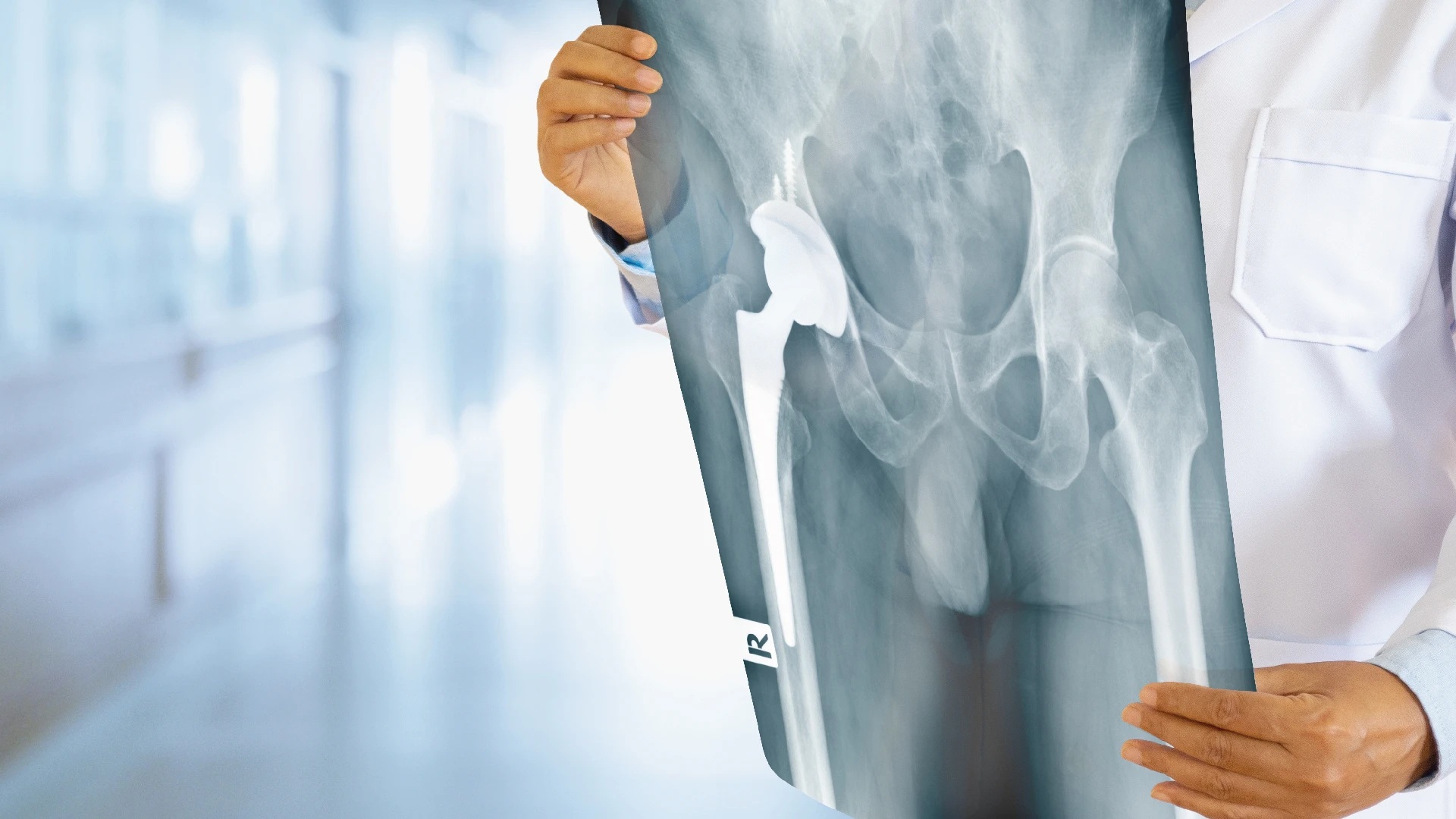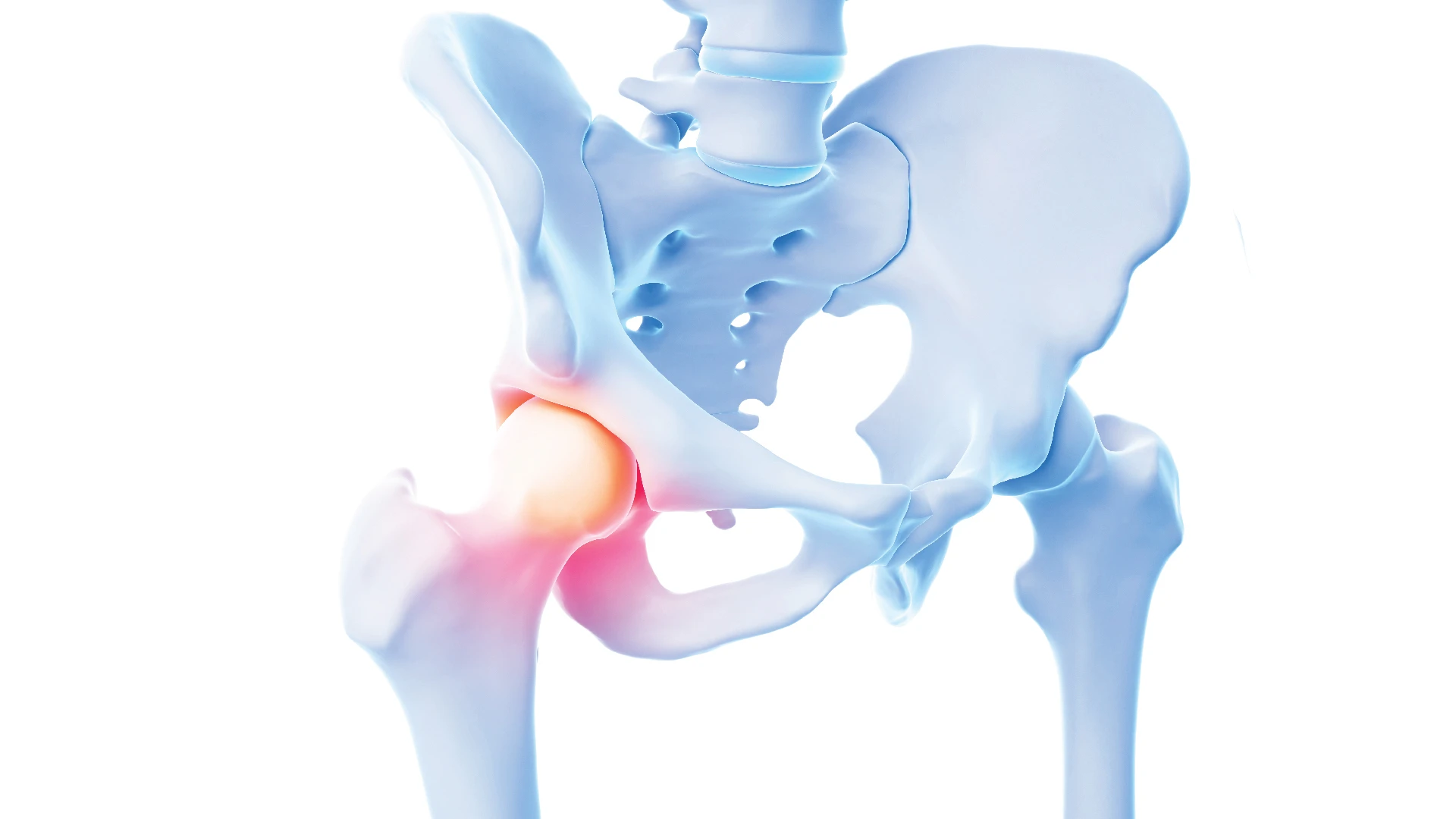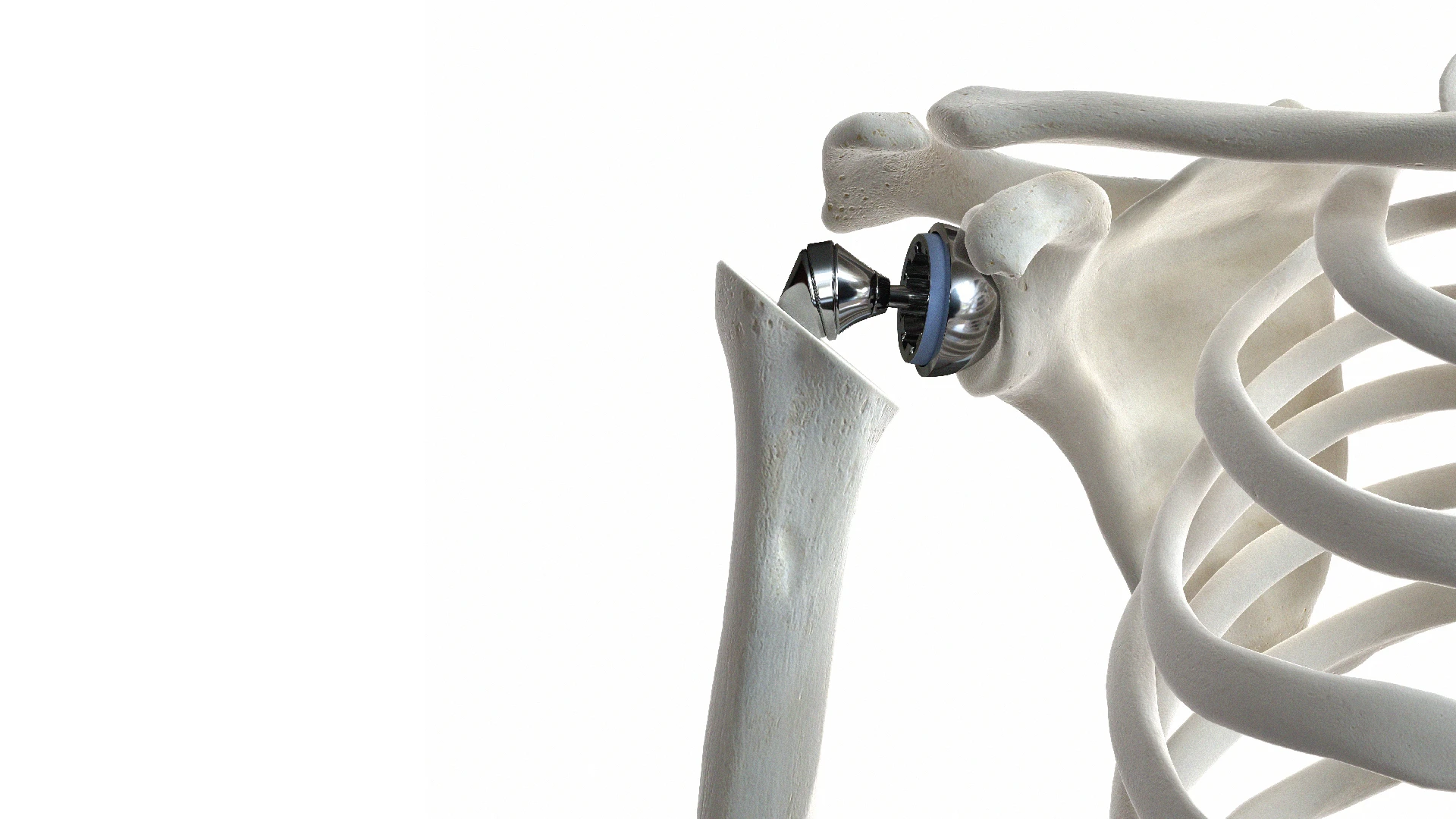แพทย์เฉพาะทางเปิดเทคนิครักษา “ข้อเข่าเสื่อม” ที่ รพ.เอส


ปัจจุบันการ “รักษาโรคข้อเข่าเสื่อม” สามารถทำได้หลายวิธี ขึ้นอยู่กับความรุนแรงของโรค ที่ต้องอาศัยความเชี่ยวชาญและประสบการณ์ของแพทย์เฉพาะทาง เท่านั้น จึงจะสามารถวินิจฉัยและเลือกวิธีการรักษาที่เหมาะสมกับคนไข้แต่ละราย
เริ่มจากการรักษาแบบไม่ต้องผ่าตัด
ในกรณีที่ผู้ป่วยข้อเข่าเสื่อมยังอยู่ในระยะเริ่มต้น เช่น ปวดเมื่อเดินไกล ฝืดเล็กน้อยช่วงเช้า หรือรู้สึกข้ออ่อนแรงขณะลุกนั่ง แนวทางที่ดีที่สุดคือการรักษาแบบไม่ผ่าตัด เพื่อชะลอความเสื่อมและลดการอักเสบ เช่น ยาลดการอักเสบ หรือยาบำรุงข้อเข่า ร่วมกับการทำกายภาพ เพื่อเสริมกล้ามเนื้อรอบข้อเข่าให้แข็งแรง
การฉีดยารักษาข้อเข่า
แต่หากผู้ป่วยเริ่มมีอาการมากขึ้น เช่น ข้อแห้ง ฝืดตึงหลังใช้งาน หรือปวดบ่อยจนนั่ง เดิน หรือขึ้นลงบันไดได้ลำบาก การรักษาแบบฉีดยาเข้าข้อเข้าจะเป็นอีกทางเลือกที่ช่วยฟื้นฟูข้อเข่าได้ ที่ โรงพยาบาลเอส เราใช้เทคนิคการฉีดยารักษาข้อเข่า 2 แบบ คือ การฉีดน้ำหล่อเลี้ยงข้อ (Hyaluronic Acid) และ ฉีดเกล็ดเลือดเข้มข้น (PRP: Platelet-Rich Plasma) ปรับสมดุลน้ำในข้อเข่า และลดแรงเสียดสีของข้อกระดูก
การผ่าตัดรักษาข้อเข่า
เมื่ออาการข้อเข่าเสื่อมเข้าสู่ระยะที่รบกวนการใช้ชีวิต เช่น ปวดตลอดเวลา เดินลำบาก ข้อโก่งผิดรูป หรือรู้สึกไม่มั่นคงในการลงน้ำหนัก การผ่าตัดจะกลายเป็นทางเลือกที่เหมาะสมที่สุด แพทย์เฉพาะทางจะประเมินจากระดับความเสื่อม ตำแหน่งที่สึกหรอ และเลือกวิธีผ่าตัดที่ให้ผลลัพธ์ดีที่สุด
การผ่าตัดส่องกล้องซ่อมแซมหมอนรองกระดูกข้อเข่า
เป็นทางเลือกแรกในการรักษาผู้ป่วยที่มีปัญหาหมอนรองกระดูกฉีกขาด โดยแพทย์จะใช้กล้องขนาดเล็กและเครื่องมือเฉพาะทาง สอดเข้าไปในข้อเพื่อตรวจสอบความเสียหาย และซ่อมแซมจุดที่เสียหาย ให้กลับมาใช้งานได้ตามปกติ
การผ่าตัดเปลี่ยนข้อเข่าเทียมทั้งหมด (TKA: Total Knee Arthroplasty)
หากข้อเข่าเสื่อมหลายตำแหน่ง ข้อโก่งรุนแรง หรือสูญเสียสมดุลการเดิน การเปลี่ยนข้อเข่าเทียมทั้งข้อจะเป็นทางเลือกที่เหมาะสม แพทย์เฉพาะทางจะทำการแทนที่ผิวข้อทั้งหมดด้วยข้อเข่าเทียมที่ออกแบบให้ใกล้เคียงข้อจริง และให้ความรู้สึกเคลื่อนไหวใกล้เคียงธรรมชาติ
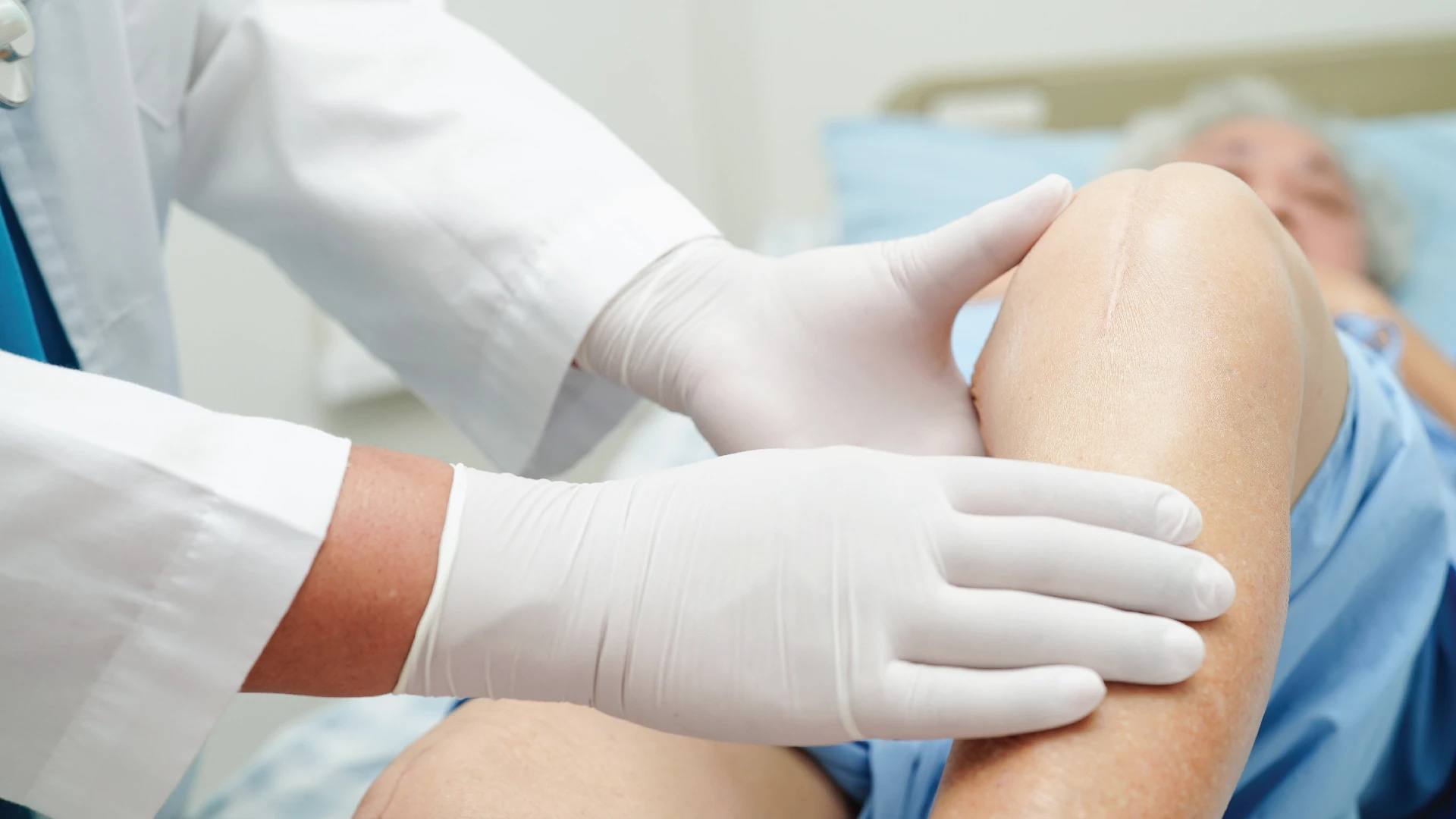
การผ่าตัดเปลี่ยนข้อเข่าเฉพาะส่วน (UKA: Unicompartmental Knee Arthroplasty)
เหมาะสำหรับผู้ป่วยที่มีความเสื่อมเฉพาะด้าน เช่น ด้านในหรือด้านนอกของข้อเข่า แพทย์เฉพาะทางจะผ่าตัดเฉพาะส่วนที่เสื่อม และเก็บส่วนของกระดูกที่ยังแข็งแรงไว้ให้ได้มากที่สุด โดยใช้เครื่องมือเฉพาะทางที่แม่นยำ เพื่อลดการบาดเจ็บต่อกล้ามเนื้อและเส้นเอ็น พร้อมติดตั้งข้อเข่าเทียมที่ผลิตจากวัสดุเฉพาะ ช่วยลดแรงเสียดสีและยืดอายุการใช้งานของข้อใหม่
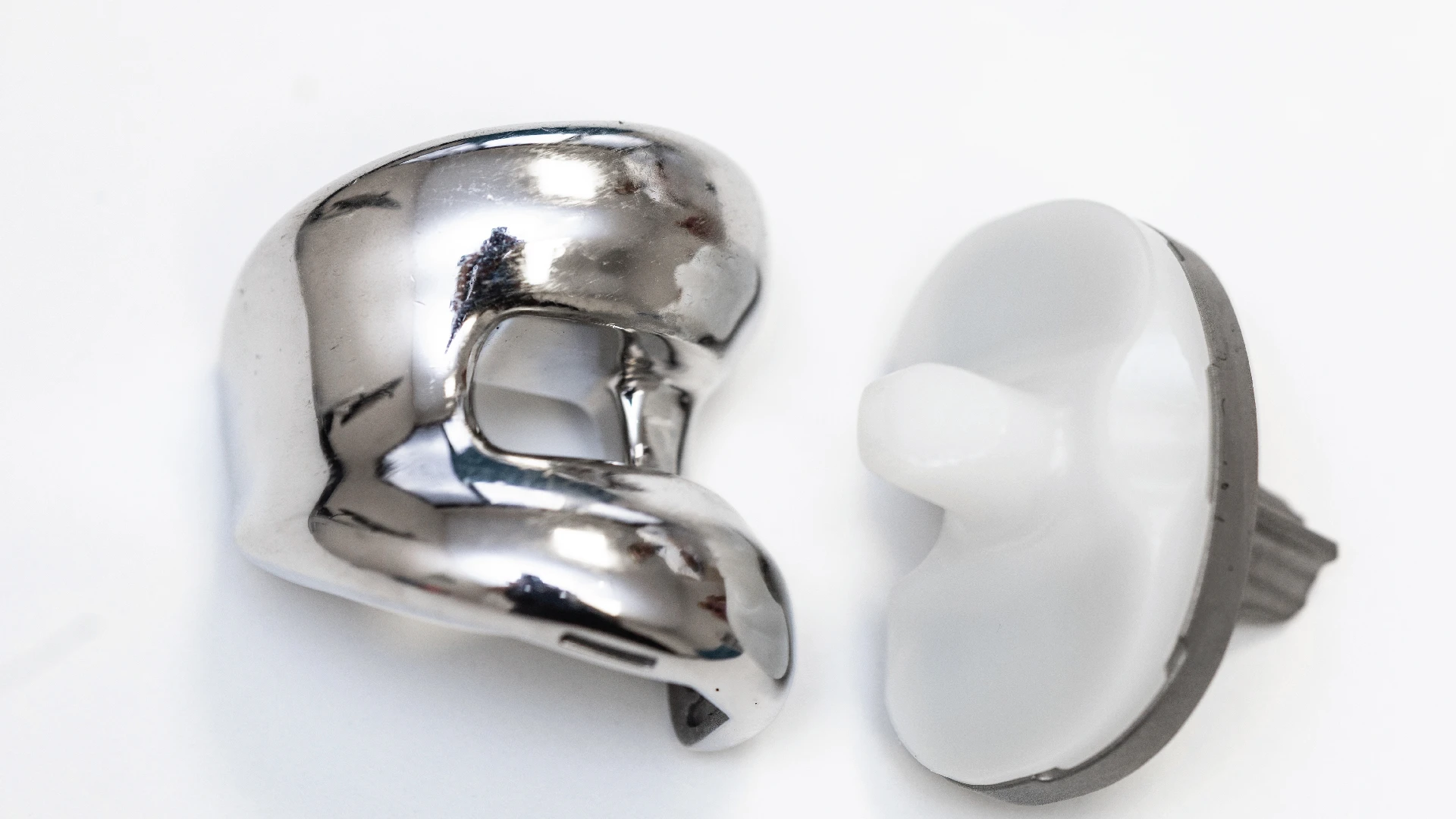
การฟื้นตัวหลังผ่าตัดรักษาข้อเข่า
ที่โรงพยาบาลเอส เราเน้นการวินิจฉัยที่ตรงกับสาเหตุของอาการ พร้อมเลือกการรักษาด้วยเทคโนโลยีที่ทันสมัย โดยทีมแพทย์เฉพาะทางที่มีประสบการณ์ในการผ่าตัด ทำให้ผู้ป่วยส่วนใหญ่สามารถเริ่มลุกเดินได้ภายใน 24–48 ชั่วโมงหลังผ่าตัด โดยมีนักกายภาพบำบัดดูแลอย่างใกล้ชิด ก่อนจะเข้าสู่กระบวนการบำบัดฟื้นฟู เสริมความแข็งแรงของกล้ามเนื้อรอบข้อเข่า ให้ผู้ป่วยสามารถกับมาเคลื่อนไหวได้เร็วขึ้น
Read More
Related Services

No. 2102/9 Ladprao Road, Wang Thonglang Subdistrict, Wang Thonglang District, Bangkok 10310
Call : 02-034-0808Our Services
Quick Menu
Copyright © 2025 S Spine and Joint Hospital. All right reserved


